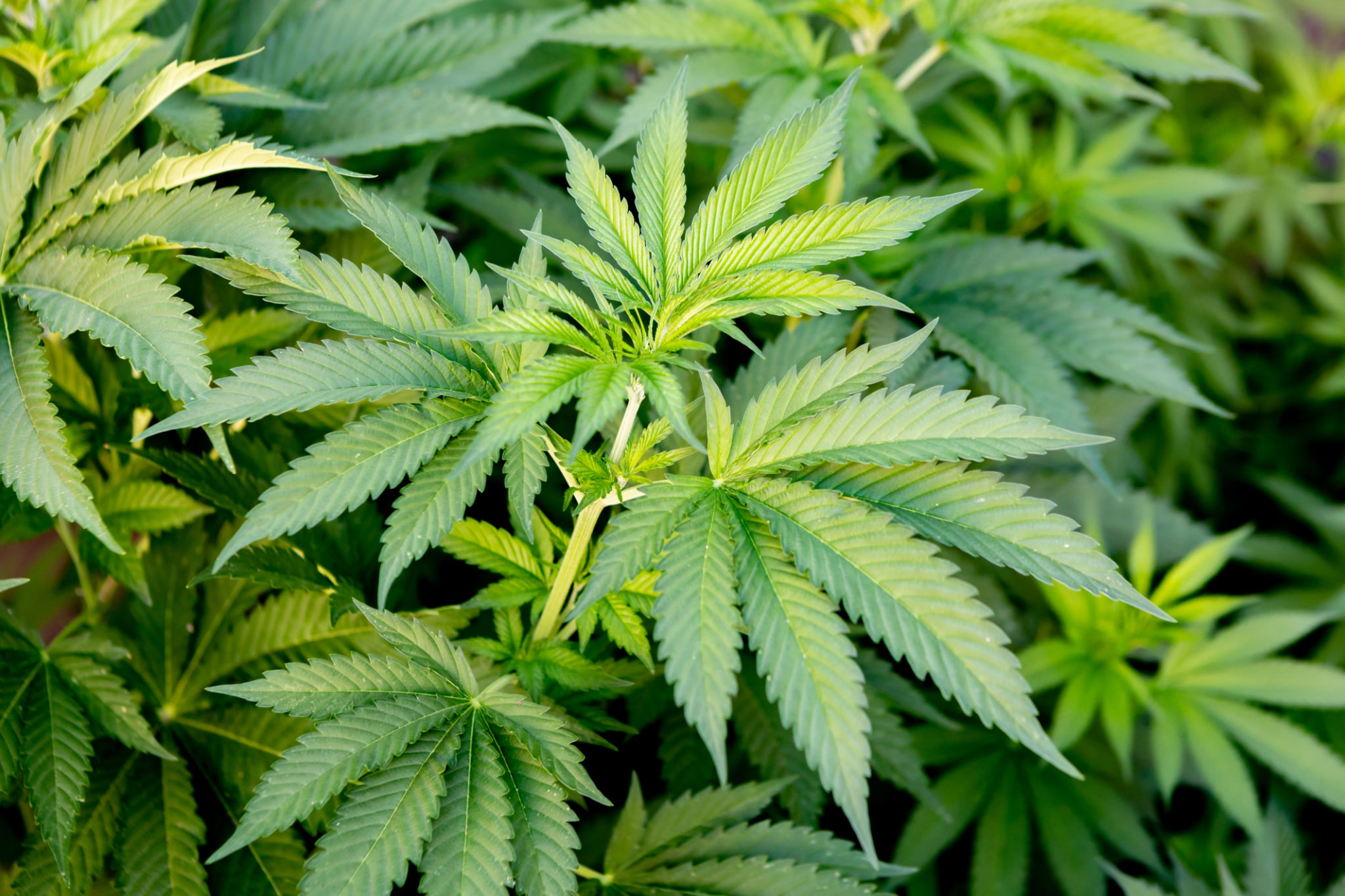Marijuana Use on the Rise in North America: Weighing the Pros and Cons Across Age Groups
Ru
Marijuana use has surged across North America, driven by shifting legal landscapes and changing societal attitudes. In the U.S., 52.5 million people used cannabis in 2021, with 15.11% of adults reporting past-month use in 2022. Canada saw a doubling of cannabis use from 5.6% in 1985 to 14.8% in 2017, with 22% of those aged 15+ reporting past-year use in 2021. This increase spans all age groups, each facing unique benefits and risks. Below, we explore the pros and cons of cannabis use across stages of human development, drawing on recent research and insights from experts like Dr. Marc Siegel.
Adolescents (Ages 12–17)
Stats: Adolescent cannabis use in the U.S. remained stable from 2013–2022, with 7.2% of 8th graders and 15.9% of 10th graders reporting past-month use in 2024. However, a 2021 study showed a decline in use from 23.1% in 2011 to 15.8% among 9th–12th graders.
Pros: Some argue cannabis may offer therapeutic potential for adolescents with specific medical conditions, like epilepsy, though evidence is limited and not FDA-approved. Legalization has reduced criminal justice involvement for youth, addressing racial disparities in arrests.
Cons: Adolescent cannabis use is linked to cognitive impairments, including reduced IQ, poor learning, and memory issues. It increases risks of anxiety, depression, and psychosis, particularly in those with predispositions. Early use before age 18 heightens the risk of Cannabis Use Disorder (CUD), affecting 3 in 10 users.
Insight: Legalization hasn’t significantly increased adolescent use, but the potency of modern cannabis (30–50% THC vs. 20th-century levels) amplifies risks to developing brains.

Young Adults (Ages 18–34)
Stats: Cannabis use among 18–34-year-olds is highest, with 25% prevalence in 2022. Use increased from 7.59% in 2013 to 15.11% by 2022, particularly among 18–25-year-olds.
Pros: Young adults report using cannabis for relaxation, stress relief, and social enjoyment. Legalization boosts local economies, with 52% of Americans noting economic benefits. Reduced criminal penalties also alleviate social and legal burdens.
Cons: Heavy use is associated with CUD, affecting 13.5% of 18–25-year-olds in 2020. It’s linked to psychiatric issues, impaired driving (doubling crash rates when combined with alcohol), and reduced academic or career performance. Vaping and edibles, popular among this group, pose risks of higher THC exposure.
Insight: This group’s experimentation, amplified by decreased parental oversight, makes them vulnerable to dependency and long-term cognitive effects.
Middle-Aged Adults (Ages 35–64)
Stats: Cannabis use rose from 14.25% to 17.23% among 35–49-year-olds and significantly among 50–64-year-olds from 2013–2022.
Pros: Some use cannabis for chronic pain or sleep issues, though evidence of efficacy is weak. Legal access allows safer, regulated products, reducing reliance on illicit markets.
Cons: Regular use can exacerbate mental health issues, including anxiety and depression. THC damages blood vessel linings, increasing risks of hypertension, heart attacks, and strokes, similar to cigarette smoke. Middle-aged users face higher CUD rates with prolonged use.
Insight: Misconceptions about cannabis as a safe alternative to alcohol or medications drive use, but unproven medical benefits and cardiovascular risks raise concerns.
Older Adults (Ages 65+)
Stats: Cannabis use among seniors surged 50% from 2021–2023, with 7% reporting current use. AARP-backed studies show use nearly doubled among those over 50 in three years.
Pros: Seniors use cannabis for pain, sleep, and relaxation, with 81% citing relaxation and 68% noting sleep benefits. Legalization provides access to regulated products, potentially reducing opioid use.
Cons: Some experts warn that cannabis can worsen cognitive decline in seniors, already at risk for dementia. It’s linked to IQ loss, anxiety, and psychosis, especially with high-potency THC. Slower metabolism in older adults prolongs THC’s effects, increasing risks of dependency and adverse reactions, like heart palpitations from edibles.
Insight: Misconceptions about cannabis safety, combined with unproven medical claims, drive use among seniors, risking their cognitive and physical health.
Conclusion
The rise in cannabis use across North America reflects legalization, reduced stigma, and growing acceptance. While benefits like economic growth and reduced criminalization are notable, the risks—cognitive impairment, mental health issues, and cardiovascular harm—vary by age. Adolescents face developmental risks, young adults grapple with dependency, middle-aged users risk health complications, and seniors face cognitive decline. Public health efforts must balance harm reduction with education, ensuring informed choices across all ages.
